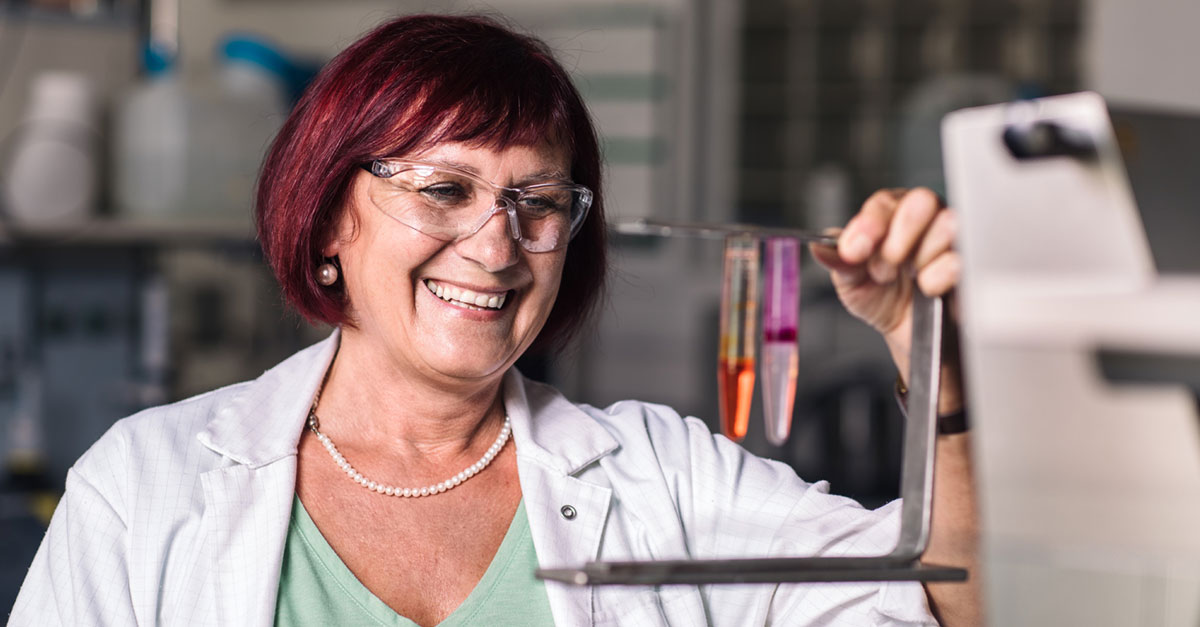2021-10-29
Exploring Your Options: Laboratory Feasibility and On-site Pilot Testing for Separation Applications
Decanter centrifuges and disk-stack separators are major capital investments no matter how large or small your company is. Installing and optimizing this kind of precision equipment might even involve making changes to your production processes or plant layout. And while you’ll see a return on your investment due to higher efficiency, drier solids, increased throughput, or less power used, you’ll make a more confident decision after seeing what to expect firsthand.
So how can you determine if a new two- or three-phase decanter centrifuge or other separation equipment is right for your application? The best way is to test your product or material in one before you buy. Spin testing in a laboratory and pilot testing at your facility are two ways to see what can be achieved with the equipment. Here’s an overview of each.
 Exploring Your Options: Laboratory Feasibility and On-site Pilot Testing for Separation Applications
Exploring Your Options: Laboratory Feasibility and On-site Pilot Testing for Separation ApplicationsLab-based Feasibility Testing
Centrifuge vendors conduct spin testing and analysis on samples customers send in. You’ll need to collect a representative sample of the material in question and follow their requirements for submission.
Include as many details about the sample as possible such as:
- product name
- chemical components
- storage and disposal requirements
- the point in your production process at which the sample was taken
- date
- oil/water/solids composition
- pH
- mean particle size
To provide context for the test, you should also indicate the details of how the tested material is produced and a flowchart or diagram indicating where the sample came from. For example:
- is the material a waste or a commodity
- have additives or conditioners been used
- what are operating temperature parameters
- flammability hazards
- pressure requirements
It’s critical to clearly indicate any safe handling practices for the sample or extracts. Often, testing involves drying, igniting, and vacuum filtering the sample, so make a note if these will lead to a potentially dangerous situation.
It’s important that you are clear about your goals for separation. Set your priorities and be clear about what you need to achieve from separation, for example:
- what is your desired throughput
- what phases do you expect
- which phase is your top priority
- what happens to each phase after separation
- what are your acceptable parameters for each phase such as dryness of solids, clarity, or amount recovered
Keep in mind lab tests will always outperform a field test because of the controlled nature of a lab environment and limited size of the sample. Testing gives an indication of what is possible but should be further verified with a field test or pilot program under actual operating conditions. In other words, feasibility testing does not guarantee actual performance. A pilot test in your facility is the best way to see what will happen under operating conditions. Here you can learn more about our rental machines and pilot testing.
